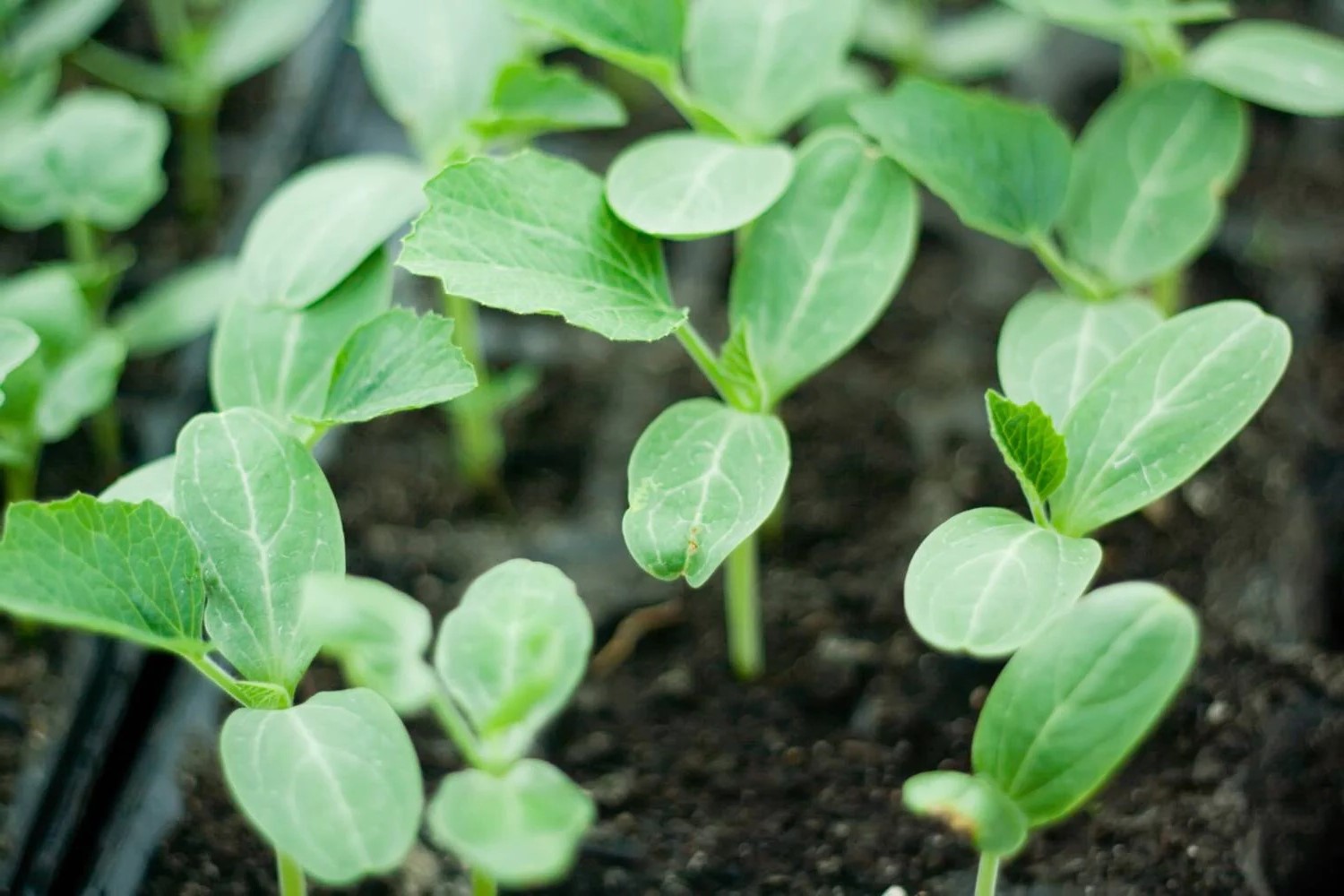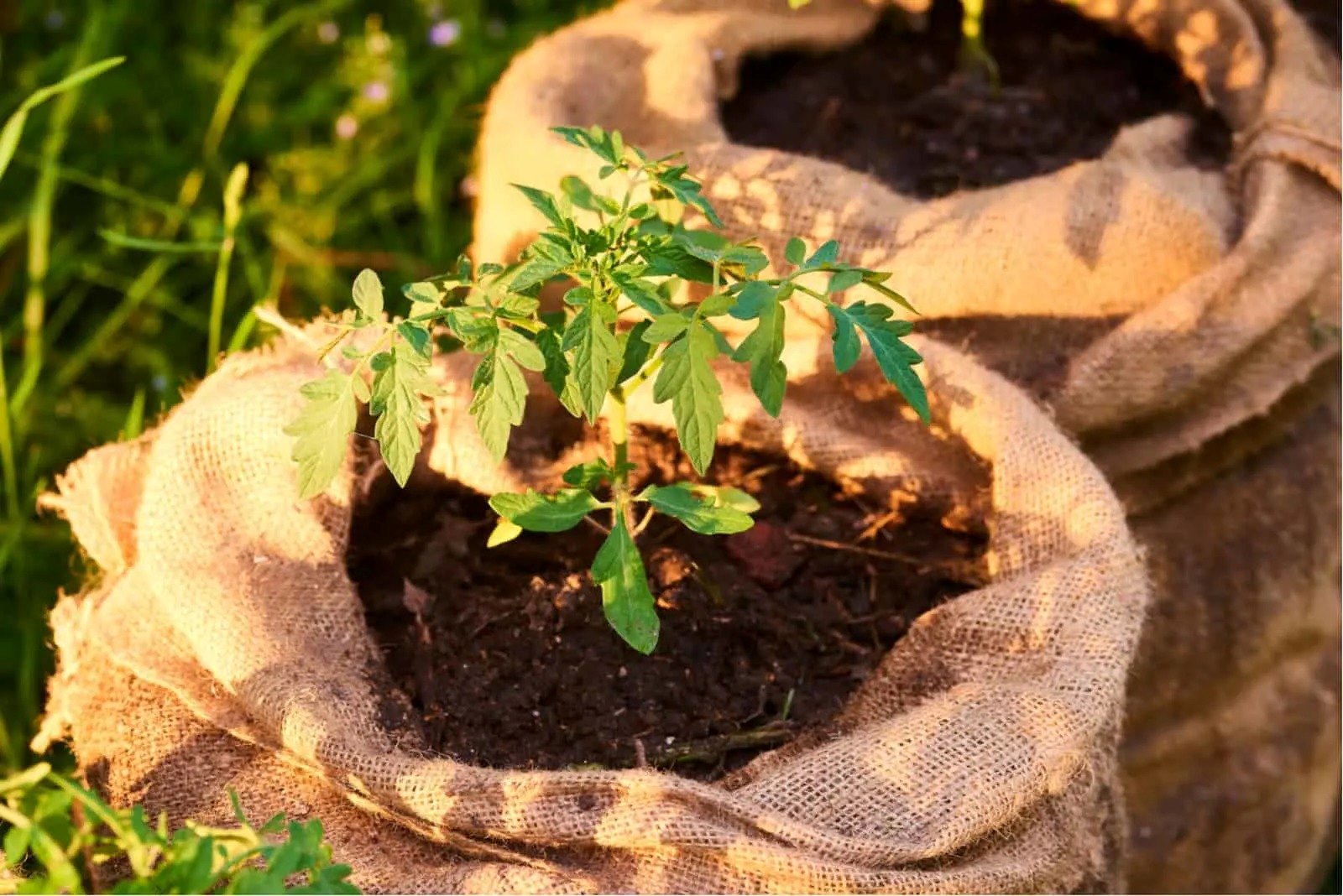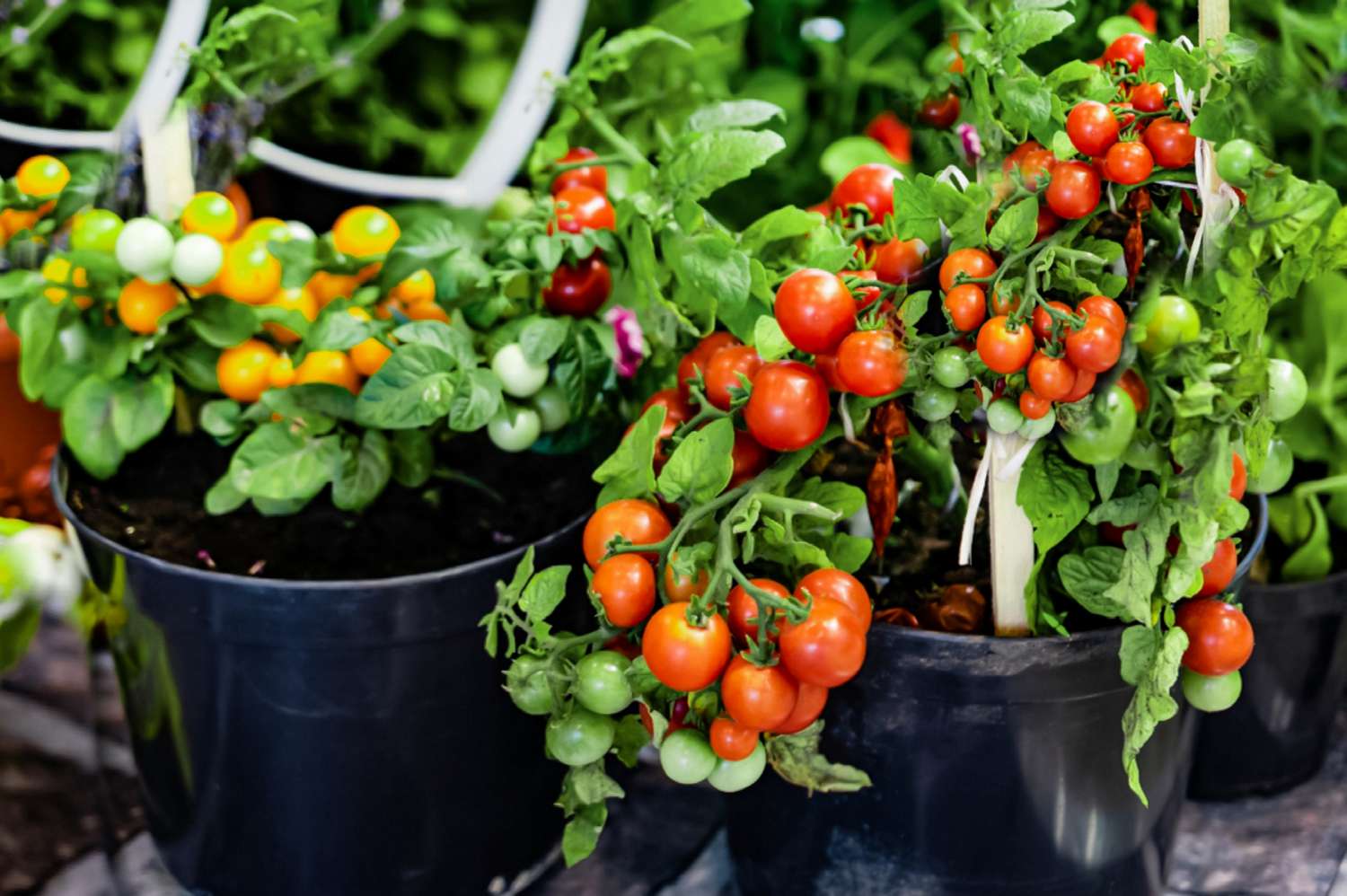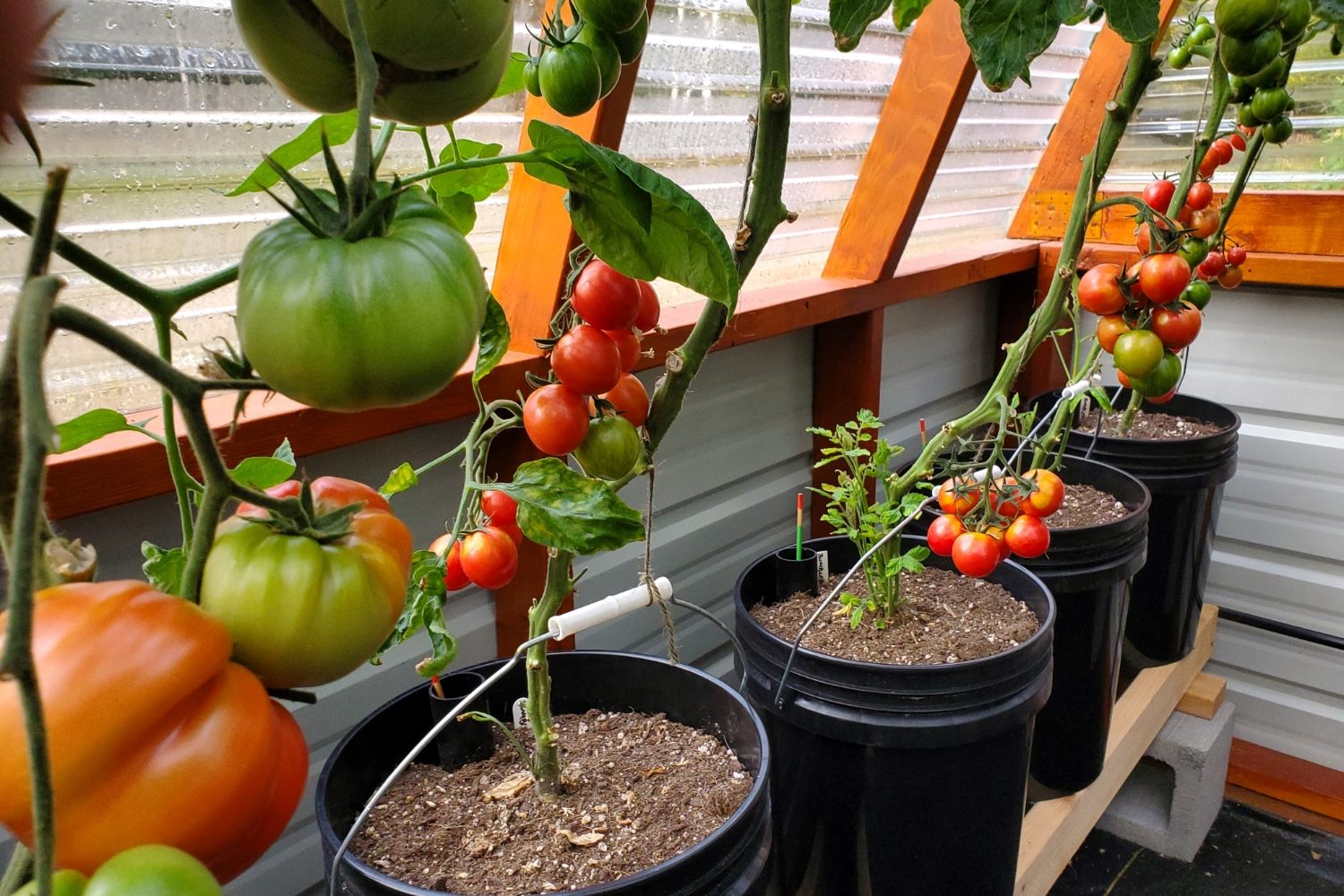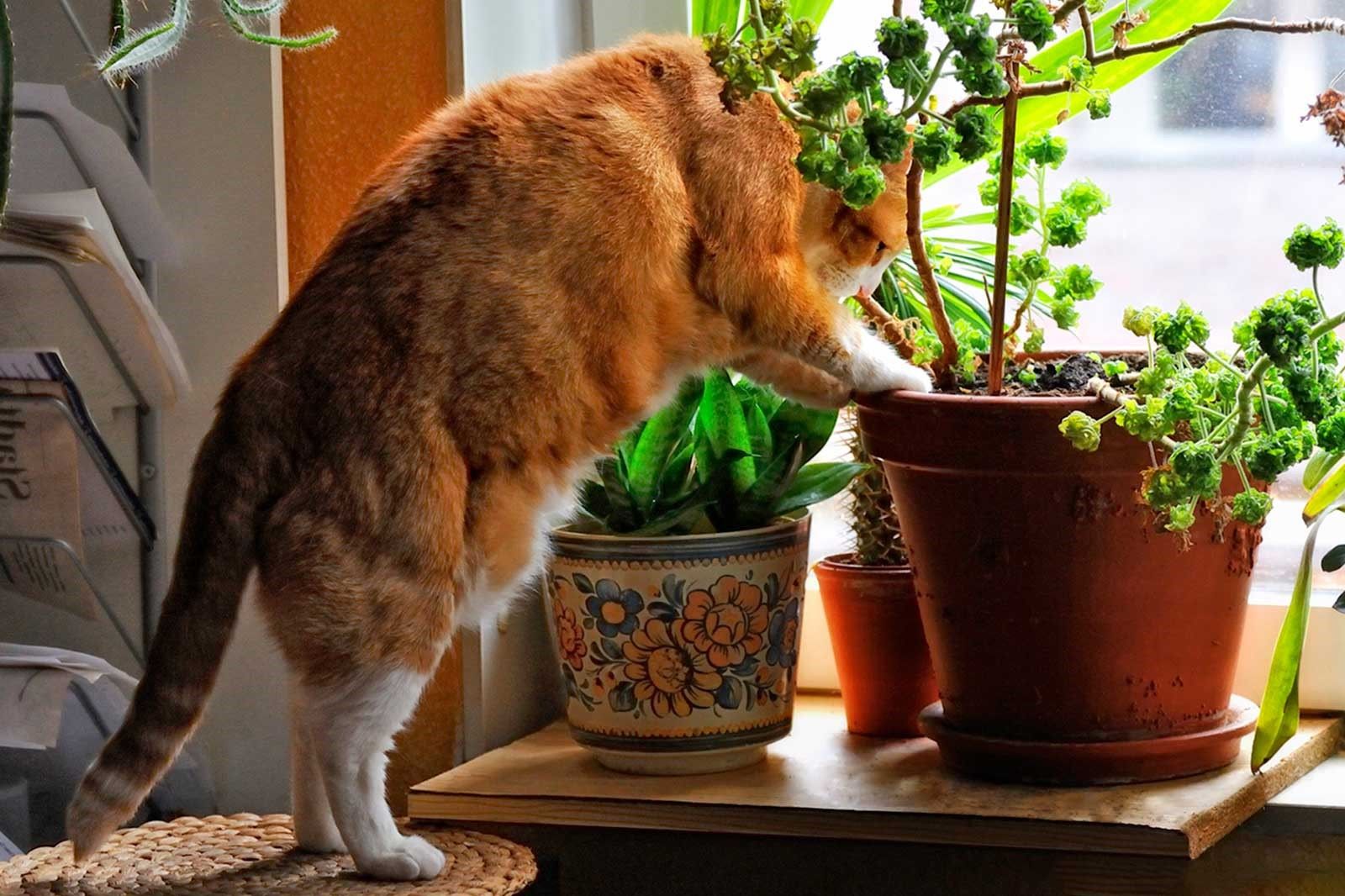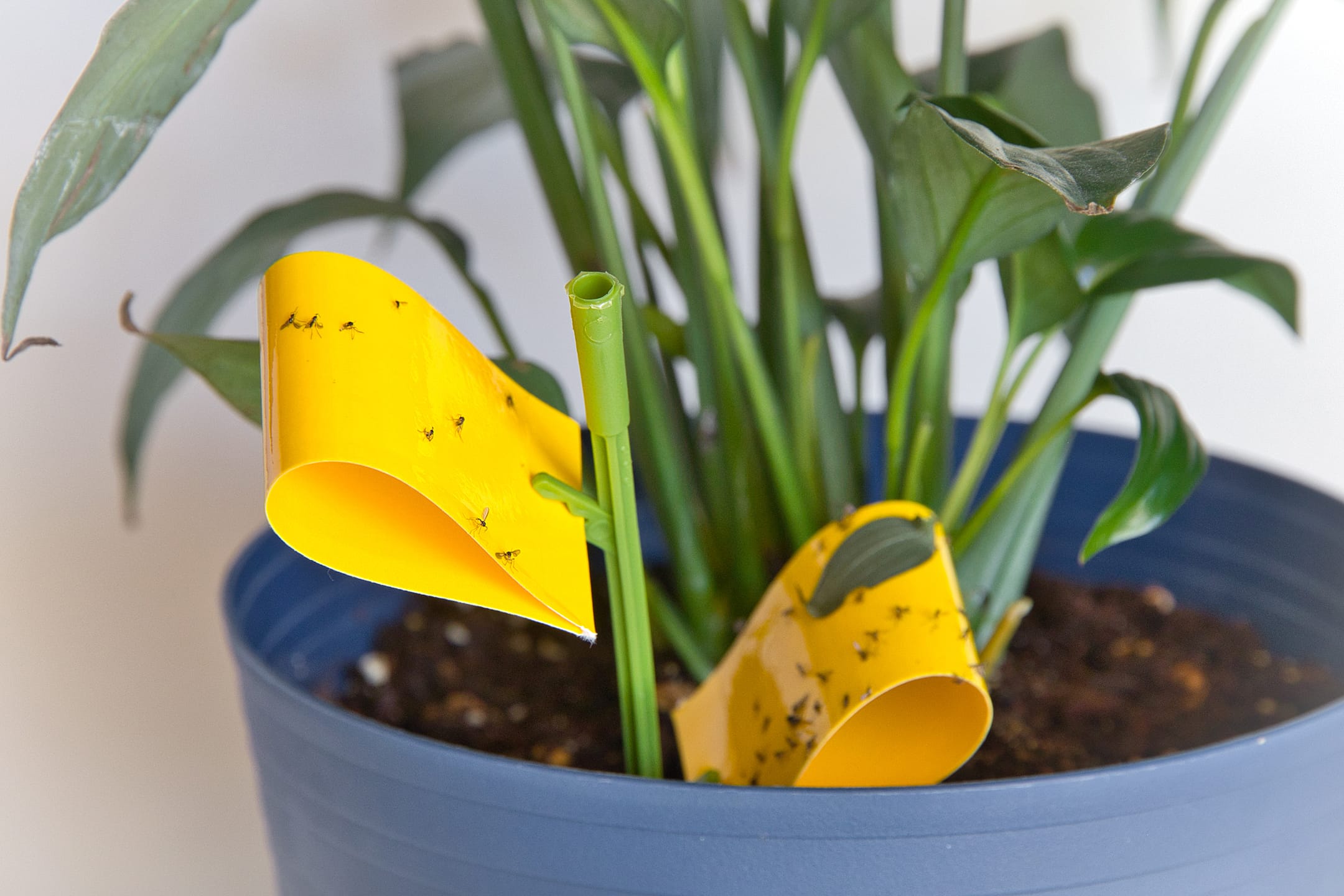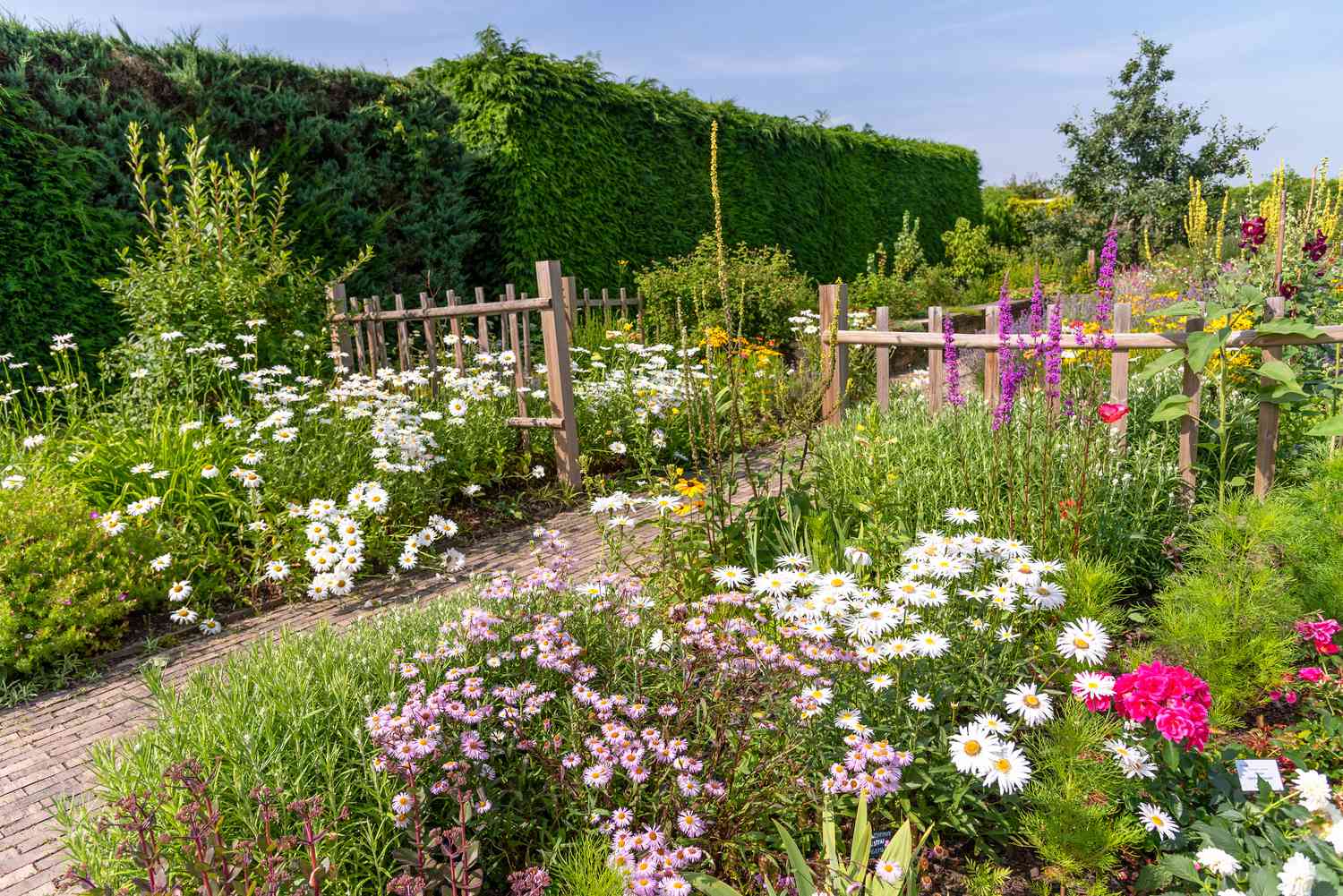Home>Home and Garden>Unlock The Secret To Growing A Lucky Bamboo Plant From An Old Stalk!
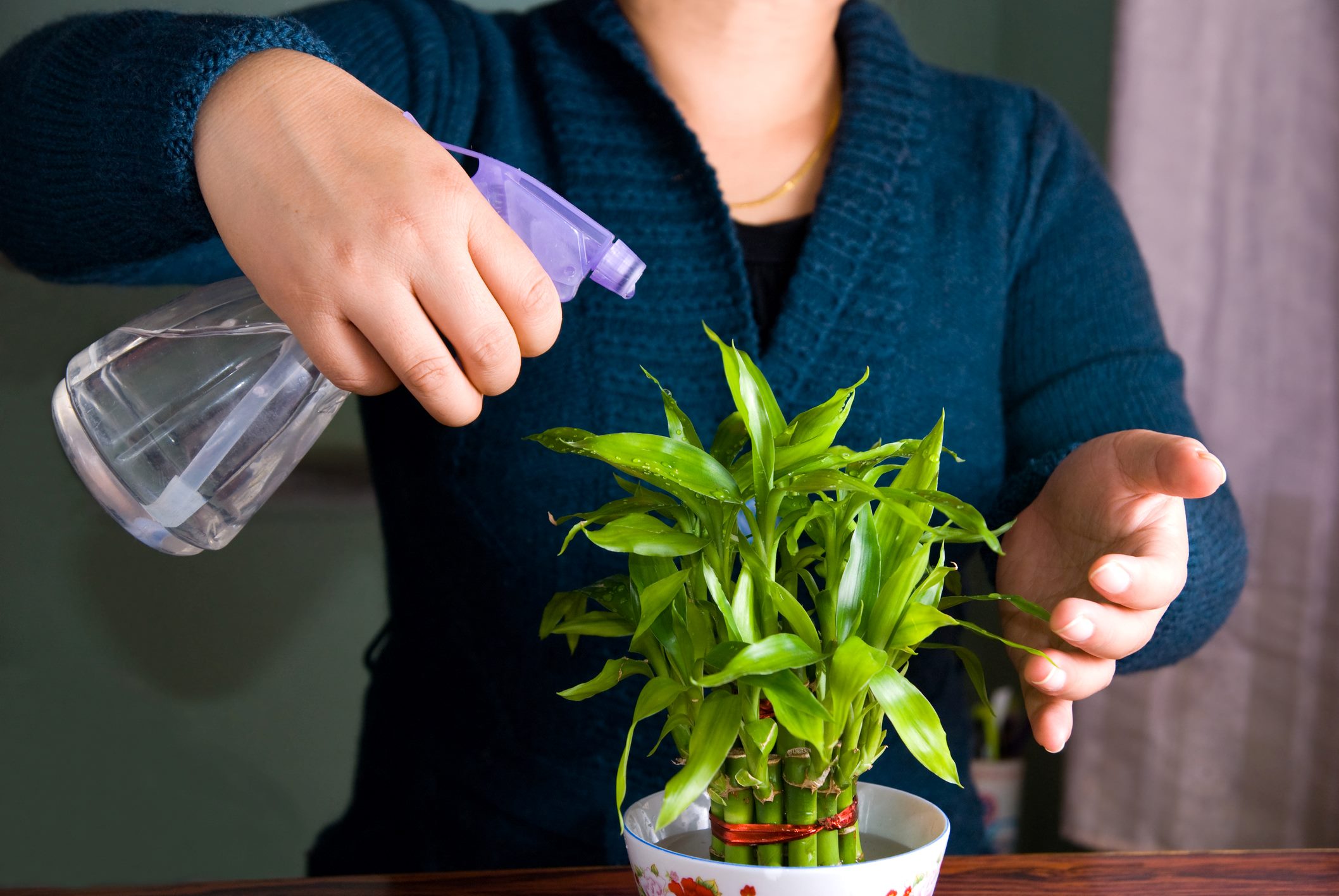

Home and Garden
Unlock The Secret To Growing A Lucky Bamboo Plant From An Old Stalk!
Published: January 17, 2024
Discover the ultimate guide to growing a lucky bamboo plant from an old stalk at home. Get expert tips and tricks for your home and garden.
(Many of the links in this article redirect to a specific reviewed product. Your purchase of these products through affiliate links helps to generate commission for Noodls.com, at no extra cost. Learn more)
Table of Contents
Introduction
Are you ready to unlock the secret to growing a lucky bamboo plant from an old stalk? Lucky bamboo, also known as Dracaena sanderiana, is a popular indoor plant with a rich history rooted in Chinese culture. Despite its name, lucky bamboo is not actually a bamboo plant, but rather a member of the Dracaena genus. Its distinctive appearance, with its slender stalks and vibrant green leaves, makes it a beloved addition to homes and offices around the world.
In this comprehensive guide, we will delve into the fascinating process of propagating a new lucky bamboo plant from an old stalk. You'll discover the joy of nurturing a new plant and witnessing its growth, all while adding a touch of natural beauty to your living space.
Whether you're a seasoned plant enthusiast or a beginner with a green thumb, this step-by-step guide will equip you with the knowledge and confidence to embark on this rewarding journey. From selecting the right stalk to caring for the new plant, each stage of the process is filled with opportunities to connect with nature and cultivate a thriving indoor garden.
So, grab your gardening gloves and get ready to embark on a botanical adventure as we unlock the secrets of growing a lucky bamboo plant from an old stalk. Let's dive into the world of plant propagation and witness the magic of new life taking root before our eyes.
Selecting the Right Stalk
Selecting the right stalk is the crucial first step in the process of growing a lucky bamboo plant from an old stalk. When choosing a stalk for propagation, it's essential to look for a healthy, vibrant specimen that is primed for new growth. Here's a detailed guide to help you identify the perfect stalk for your propagation endeavor:
-
Examine the Stalk: Begin by carefully examining the old stalk of the lucky bamboo plant. Look for a stalk that is at least 6 inches long and possesses a vibrant green color. Ensure that the stalk is free from any signs of disease, discoloration, or damage. A healthy stalk is essential for successful propagation, as it provides the foundation for the new plant's growth.
-
Node Identification: Nodes are the small, raised areas along the stalk where roots and new shoots will emerge. When selecting a stalk for propagation, it's crucial to choose one that has visible nodes. These nodes serve as the points from which the new roots and shoots will develop, making them indispensable for the plant's growth.
-
Consider Multiple Stalks: If you have access to multiple healthy stalks, consider selecting more than one for propagation. This can increase the likelihood of successful growth and provide you with multiple new plants to enjoy and share with friends and family.
-
Avoid Stalks with Yellowing or Browning: Steer clear of stalks that exhibit yellowing or browning, as these are signs of potential health issues. Opt for stalks that display uniform green coloration, indicating robust and vigorous growth potential.
-
Size Matters: While selecting a stalk, consider the size of the new plant you want to propagate. If you desire a larger, fuller plant, choose a stalk with multiple nodes, as this can result in a bushier and more substantial new plant.
By carefully selecting the right stalk for propagation, you lay the groundwork for a successful and rewarding journey into growing a new lucky bamboo plant. With a keen eye for health and vitality, you can set the stage for vibrant new growth and the flourishing of a beautiful indoor plant. Now that you've mastered the art of selecting the right stalk, it's time to prepare the chosen stalk for the propagation process.
Preparing the Stalk
Preparing the chosen stalk for propagation is a crucial step that sets the stage for the successful growth of a new lucky bamboo plant. By following these essential steps, you can ensure that the stalk is primed for the propagation process, maximizing the chances of robust and healthy new growth.
-
Sanitizing the Stalk: Before proceeding with the preparation, it's important to sanitize the chosen stalk to eliminate any potential pathogens or contaminants. Dip the lower end of the stalk in a solution of water and mild dish soap, gently scrubbing to remove any debris or impurities. Rinse the stalk thoroughly with clean water and allow it to air dry before proceeding to the next step.
-
Trimming the Stalk: Once the stalk is clean and dry, carefully trim the bottom of the stalk to create a fresh, clean cut. Use a sharp, clean pair of pruning shears to make a straight cut at the base of the stalk, ensuring that the cut is smooth and even. This fresh cut will promote healthy root development once the stalk is planted, providing an optimal starting point for the new plant.
-
Water Propagation Option: If you prefer water propagation, fill a clean container with distilled water and place the prepared stalk inside, ensuring that the nodes are submerged in the water. Position the container in a location with indirect sunlight and maintain the water level to keep the nodes submerged. Over time, you will observe the emergence of new roots from the nodes, signaling the successful initiation of the propagation process.
-
Soil Propagation Option: For those opting for soil propagation, prepare a small container with well-draining, nutrient-rich potting soil. Gently insert the prepared stalk into the soil, ensuring that the nodes are positioned just below the soil surface. Keep the soil consistently moist, but not waterlogged, and place the container in a warm, well-lit area to encourage root development and new growth.
By meticulously preparing the chosen stalk for propagation, you are laying the foundation for the emergence of a flourishing new lucky bamboo plant. Whether you opt for water or soil propagation, the careful preparation of the stalk is instrumental in ensuring the successful initiation of the propagation process. With the stalk prepared and poised for growth, the next phase involves planting the stalk and nurturing the new plant as it takes root and flourishes in its new environment.
Planting the Stalk
Planting the prepared stalk marks a pivotal moment in the propagation journey, as it sets the stage for the emergence of new roots and shoots, signaling the beginning of the lucky bamboo plant's growth. Whether you've opted for water or soil propagation, the planting process is a crucial step in providing the stalk with the conditions it needs to thrive and flourish.
For those choosing water propagation, the next step involves placing the sanitized and trimmed stalk in a clean container filled with distilled water. Ensure that the nodes are fully submerged in the water, as this is where the new roots will begin to develop. Position the container in a location with indirect sunlight, as excessive exposure to direct sunlight can lead to algae growth in the water. It's important to maintain the water level, ensuring that the nodes remain submerged as the propagation process unfolds. Over time, you will witness the remarkable sight of new roots emerging from the nodes, a testament to the successful planting and initiation of the propagation process.
If you've opted for soil propagation, carefully place the prepared stalk in a small container filled with well-draining, nutrient-rich potting soil. Gently insert the stalk into the soil, ensuring that the nodes are positioned just below the soil surface. This strategic placement provides the nodes with the optimal conditions for root development, setting the stage for the emergence of new shoots and leaves. Once the stalk is planted, maintain the soil's moisture levels, ensuring that it remains consistently moist but not waterlogged. Place the container in a warm, well-lit area, as the combination of warmth and light will encourage the development of new roots and the subsequent growth of the new plant.
Regardless of the propagation method chosen, the act of planting the stalk represents a pivotal moment in the journey of nurturing a new lucky bamboo plant. It's a tangible expression of hope and potential, as the stalk transitions from a dormant state to one of active growth and vitality. As you witness the planting process unfold, you are embarking on a botanical adventure filled with the promise of new life and the joy of nurturing a thriving indoor plant.
Caring for the New Plant
Once the new lucky bamboo plant has been successfully propagated and planted, it's essential to provide it with the care and attention it needs to thrive and flourish in its new environment. Caring for the new plant involves a combination of nurturing practices that promote healthy growth, maintain optimal conditions, and ensure the plant's well-being for the long term.
Watering
Proper watering is crucial for the well-being of the new lucky bamboo plant. For water propagation, ensure that the container's water level is consistently maintained, keeping the nodes submerged to facilitate the development of new roots. Regularly check the water quality and clarity, replacing it with fresh distilled water as needed to prevent stagnation and maintain a healthy environment for root growth.
In the case of soil propagation, monitor the moisture levels of the potting soil, ensuring that it remains consistently moist but not waterlogged. Overwatering can lead to root rot, while underwatering can hinder the plant's growth. Finding the right balance is key to supporting the plant's hydration needs and promoting robust root development.
Light and Temperature
Lucky bamboo plants thrive in indirect, moderate light. Position the plant in a location where it receives ample natural light without being exposed to direct sunlight, which can scorch the leaves and disrupt the plant's health. Additionally, ensure that the plant is kept in a warm environment, as temperatures below 50°F (10°C) can negatively impact its growth. Maintaining a comfortable temperature range and providing gentle, filtered light will contribute to the plant's overall well-being.
Fertilization
While lucky bamboo plants are relatively low-maintenance, occasional fertilization can provide them with essential nutrients for optimal growth. Use a balanced, water-soluble fertilizer specifically formulated for lucky bamboo or other indoor plants. Apply the fertilizer sparingly, following the manufacturer's instructions, and avoid over-fertilization, which can lead to nutrient imbalances and potential damage to the plant.
Maintenance
Regular maintenance tasks, such as removing any yellowing or decaying leaves, dusting the leaves gently, and periodically refreshing the water in the container, contribute to the plant's overall health and appearance. Keeping the plant clean and free from debris, along with maintaining a healthy growth environment, ensures that the new lucky bamboo plant continues to thrive and remain visually appealing.
By providing attentive care, monitoring the plant's hydration and light requirements, and implementing appropriate maintenance practices, you can foster the growth and well-being of the new lucky bamboo plant. With dedication and nurturing, you'll witness the plant's graceful development, from the emergence of new roots and shoots to the flourishing of vibrant green foliage. Embracing the role of caretaker, you become an essential part of the plant's journey, nurturing it as it adds natural beauty and tranquility to its surroundings.
Conclusion
In conclusion, the journey of growing a lucky bamboo plant from an old stalk is a captivating and rewarding experience that connects us with the beauty of nature and the joy of nurturing new life. From the careful selection of a healthy stalk to the meticulous preparation, planting, and ongoing care for the new plant, each step in the propagation process offers a profound sense of connection with the natural world.
As we embark on this botanical adventure, we witness the transformative power of patience and dedication, as a dormant stalk evolves into a thriving symbol of vitality and resilience. The act of selecting the right stalk becomes a testament to our keen observation and appreciation of the inherent beauty in nature, while the preparation and planting process symbolize our role as caretakers, nurturing the potential for growth and renewal.
Caring for the new lucky bamboo plant becomes a daily ritual of mindfulness and attentiveness, as we monitor its hydration, light exposure, and overall well-being. In this process, we become stewards of the plant's journey, fostering an environment where it can flourish and thrive, adding a touch of natural elegance to its surroundings.
The propagation of a lucky bamboo plant from an old stalk transcends the physical act of gardening; it becomes a metaphor for the cycles of life and the enduring spirit of growth. As we witness the emergence of new roots and the unfurling of vibrant green leaves, we are reminded of the resilience and beauty inherent in the natural world.
Ultimately, the journey of growing a lucky bamboo plant from an old stalk is a testament to the transformative power of nurturing and the profound connection we share with the plant kingdom. It offers us an opportunity to slow down, observe the wonders of growth, and appreciate the simple yet profound pleasures found in cultivating a living work of art.
So, as you embark on your own journey of propagating a lucky bamboo plant, may you find inspiration in the process, delight in the subtle changes, and revel in the beauty of nurturing new life. With each passing day, may your new plant serve as a reminder of the enduring power of growth and the timeless beauty of the natural world.
